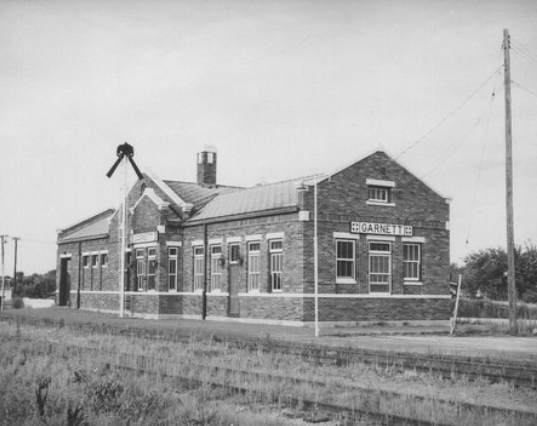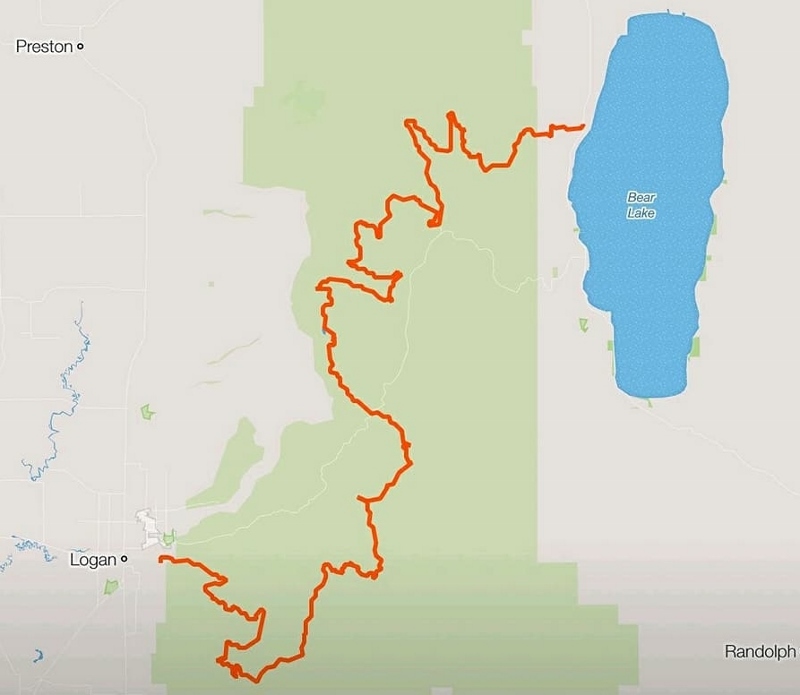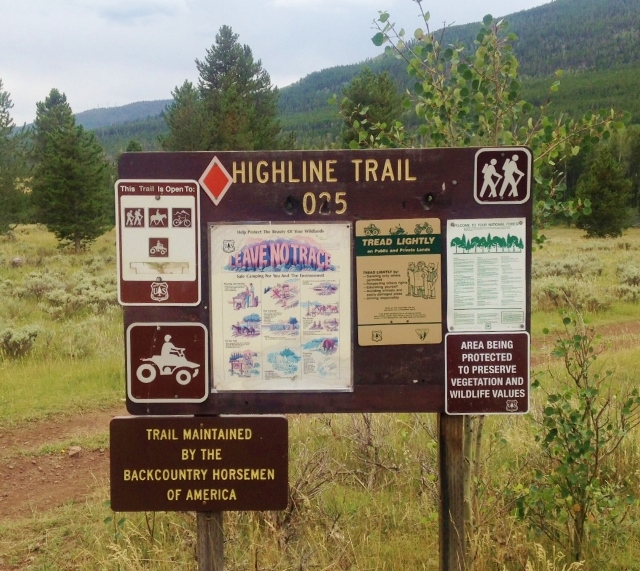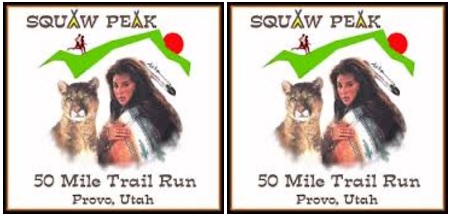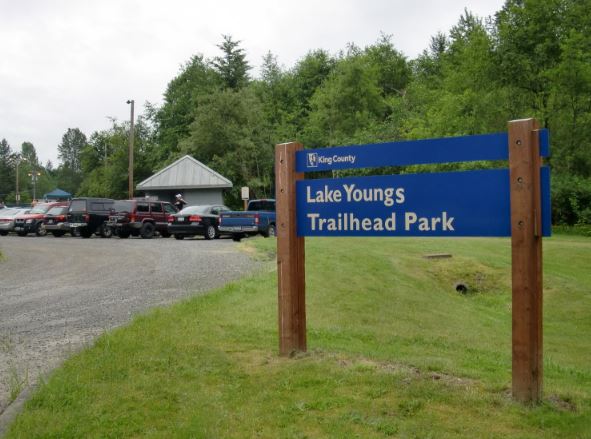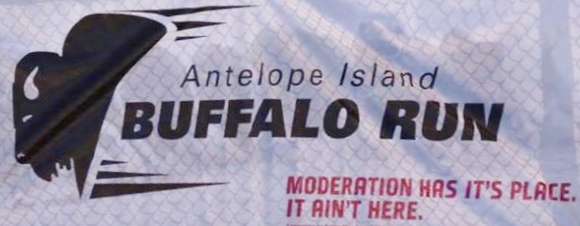The treadmill. Love it or hate it? They were invented back in 1818 to help prisoners cure their idleness. In those early years they were used for punishment and certainly in modern times they are still viewed by many as a way to punish yourself. In the late 1960s, my dad built a treadmill (without a motor) to exercise on. It was an amazing difficult machine to get moving and made no sense to me. Most trail ultrarunners despise the treadmill and consider using them as wimpy when you could be running outside. However many years ago I discovered the value of doing workouts on the treadmill to improve my footspeed and increase my mental strength. I’ve shared my views and experiences in a chapter of my running book at: http://www.crockettclan.org/ultras/treadmill.pdf
The furthest I had previously run on a treadmill in one session was 34 miles in 2013. On that day I hit the 50K mark at 4:31. That run included steep inclines, climbing about 5,000 feet along the way. I knew that some serious ultra long-distance speed was possible on the treadmill but I never was motivated to try running 100 miles on the crazy machine. But in my quest to reach one hundred 100-mile finishes, I discovered a virtual race being organized, the Dreadmill 48. This event allowed the runner to choose any day in December and seek to run 100 miles or more in a 48-hour period. I thought it was a great idea, a way for me to get another 100-mile finish without leaving home. If sucessful, it would be my 96th 100-mile finish.




